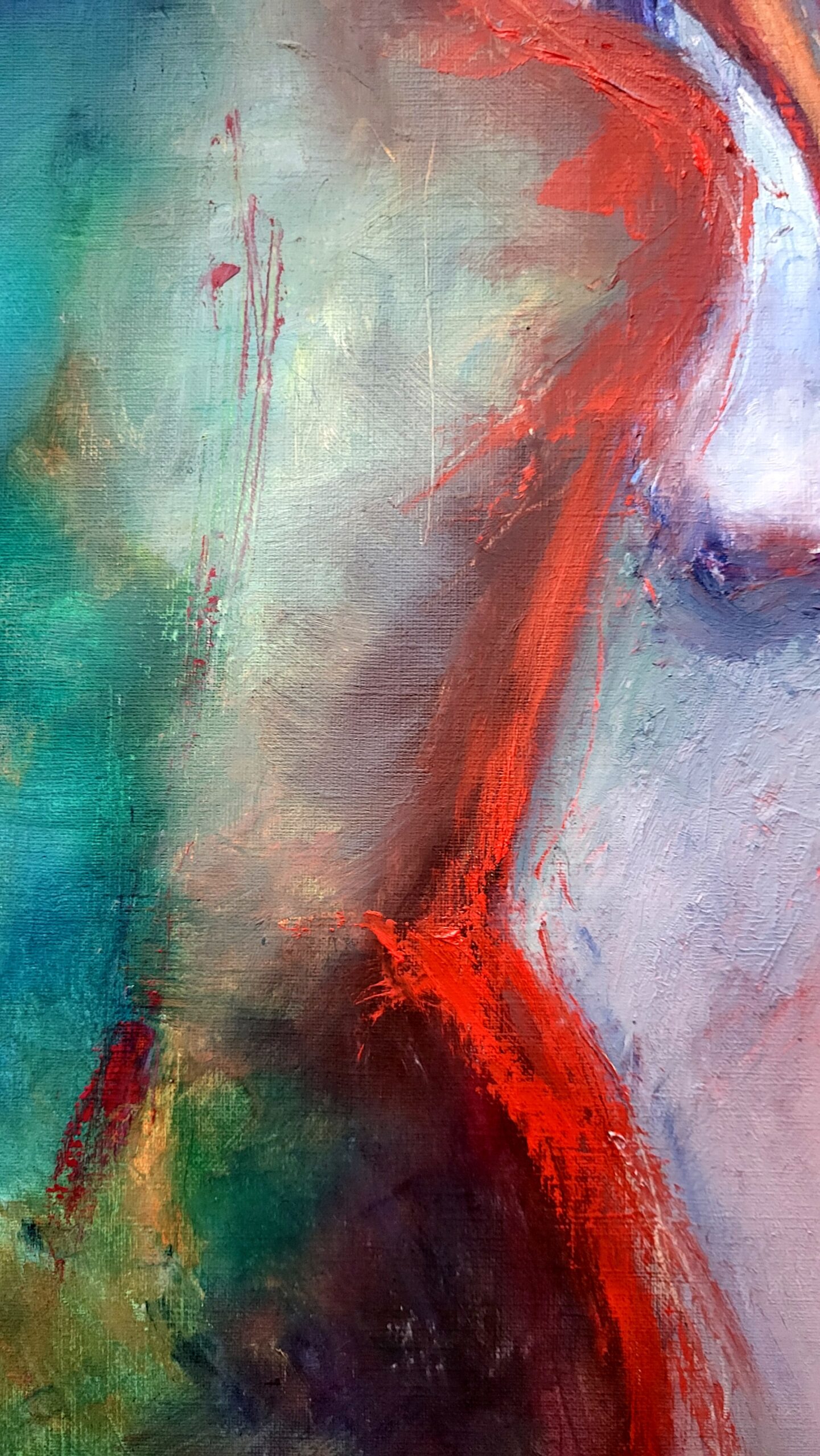
An artistic philosophy though about Magical realism:
Magical realism is a captivating art movement that seamlessly blends the ordinary with the extraordinary, creating a world where reality and fantasy coexist. Traditionally associated with fine art, magical realism has also found a place in mixed media and more expressive artistic styles, demonstrating its versatility and depth.
The essence
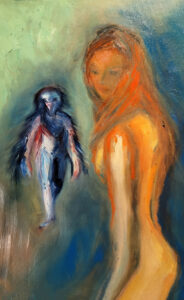
Magical realism is characterized by its realistic depiction of the modern world. It is, however, interwoven with magical elements that evoke a sense of wonder and mystery. This unique blend challenges our perceptions of reality. It encourages us to see the magic in everyday life.
But does this mean that this art style is confined to fine art? Absolutely not. The core principles of the movement can be effectively translated into various artistic forms. This includes mixed media and expressive styles.
Mixed Media: A natural fit for magical realism

In mixed media art, artists use different materials and techniques to create layered, complex works. This approach is perfect for magical realism, since it helps artists explore the line between the real and the fantastical. For example, by combining painting, collage, photography, and digital art, mixed media artists create rich, textured pieces. As a result, these works capture a sense of wonder and imagination.
For example, an artist might start with a photograph of a mundane street scene and then overlay it with painted surreal elements, such as floating objects or mythical creatures. This fusion of real and imaginary components embodies the spirit of magical realism, inviting viewers to look beyond the surface and find the extraordinary in the ordinary.
Expressive styles
While magical realism often features detailed, realistic styles, it can also be effectively conveyed through more expressive approaches. Artists using bold brushstrokes, vibrant colors, and abstract forms can still capture the magical realist ethos by emphasizing the emotional and psychological layers of their work.
Expressive magical realism might use intense, exaggerated colors to depict a scene that feels both real and otherworldly. In addition, the focus on emotional intensity and psychological depth aligns with the core themes, although the visual style may deviate from strict realism.
Contemporary artists blend
Many modern artists combine magical realism with mixed media and expressive styles. For instance, one great example is LACE Ruig (also known as Leonoor Ruigrok). She skillfully mixes magical realism with expressive styles and various media to create powerful artworks. In addition, her work blends real elements with imaginative themes. She uses materials like paint, collage, and found objects to add texture and depth. As a result, this technique helps her explore the line between reality and imagination, creating pieces full of symbolism and emotion. By using these different methods, Ruig’s art draws in viewers and shows them the magic in everyday life. For more details about LACE Ruig’s work, you can visit her profile.
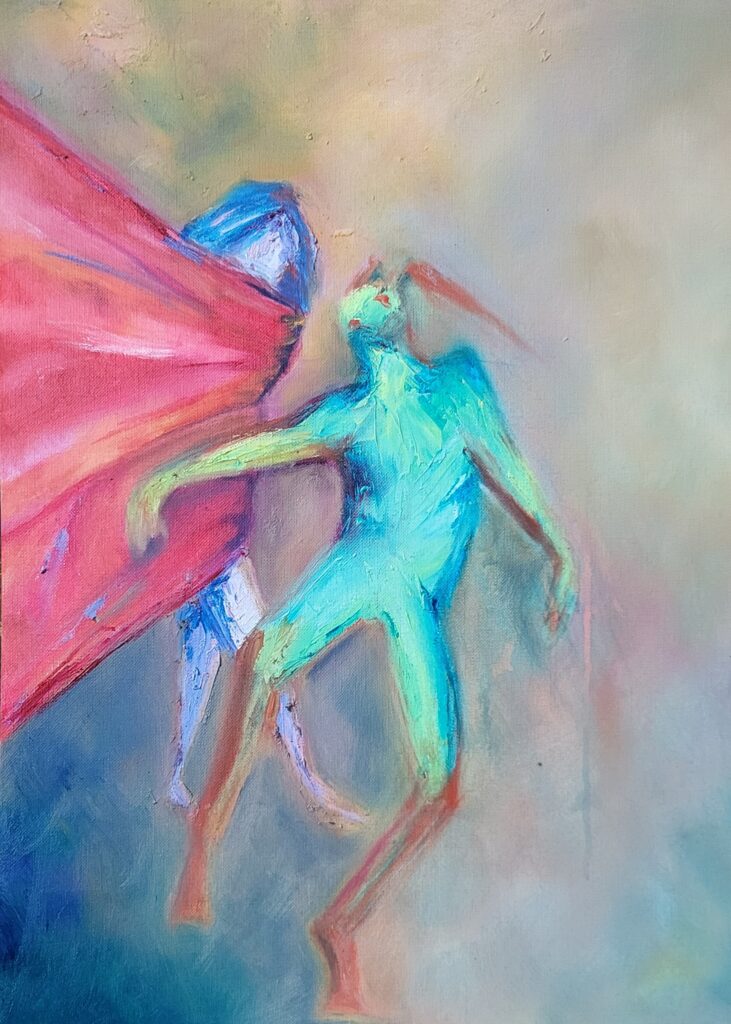
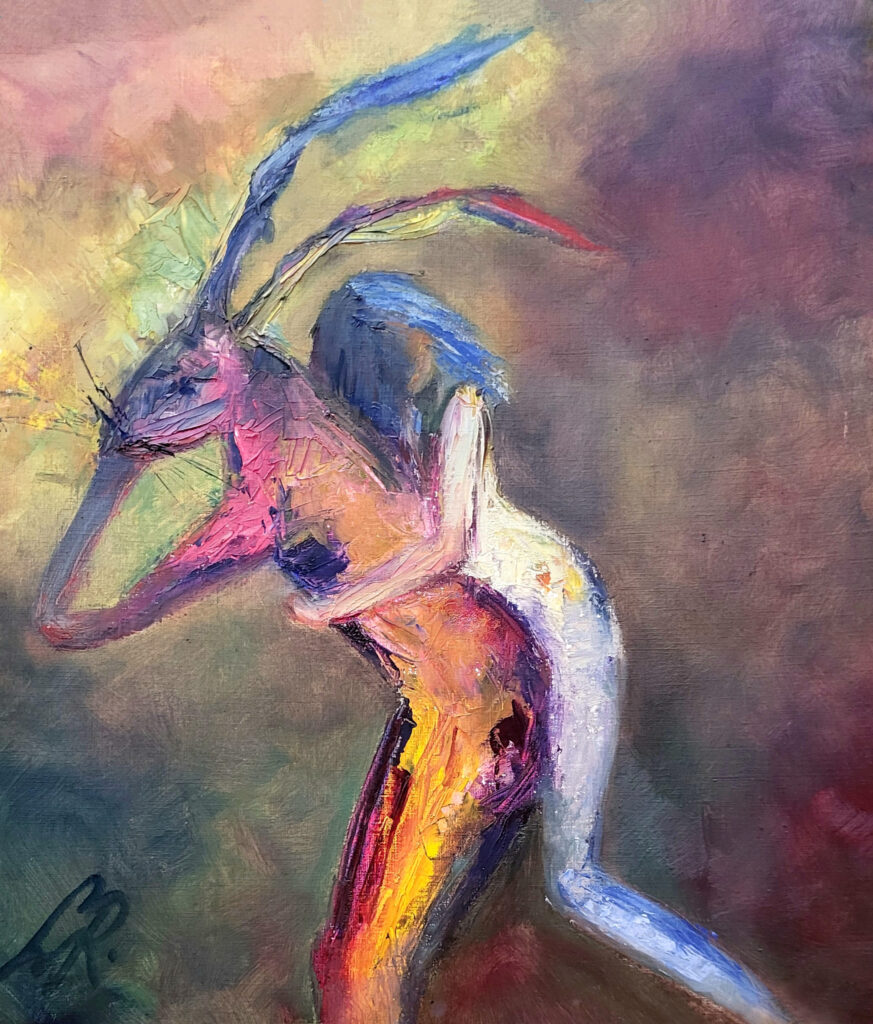
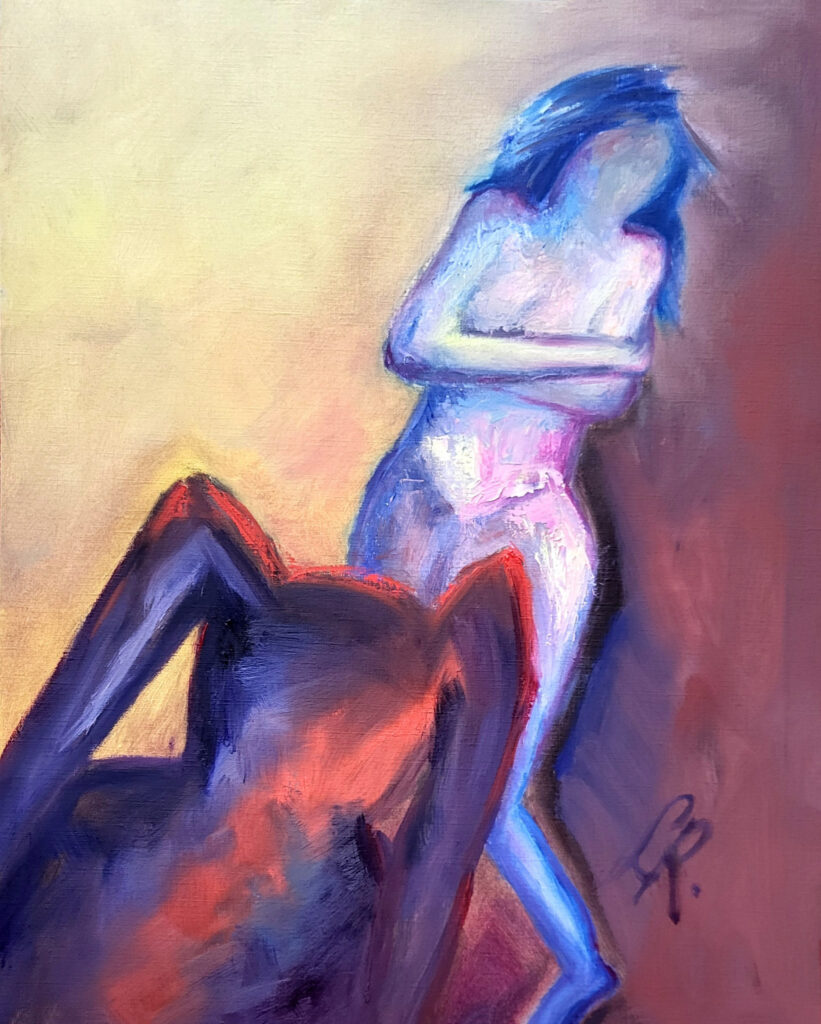

Another example is the Mexican artist Francisco Toledo, known for his works that combine magical realism with expressive painting techniques and rich textures. Toledo’s art often features dreamlike imagery and cultural symbols, creating a sense of magic interwoven with everyday life.
In literature, magical realism is equally diverse. Authors like Gabriel García Márquez and Isabel Allende masterfully combine realistic narratives with fantastical elements, crafting stories that feel both deeply personal and universally magical. Their works demonstrate that magical realism is not confined to visual art but can thrive in any medium that seeks to explore the intersection of reality and imagination.
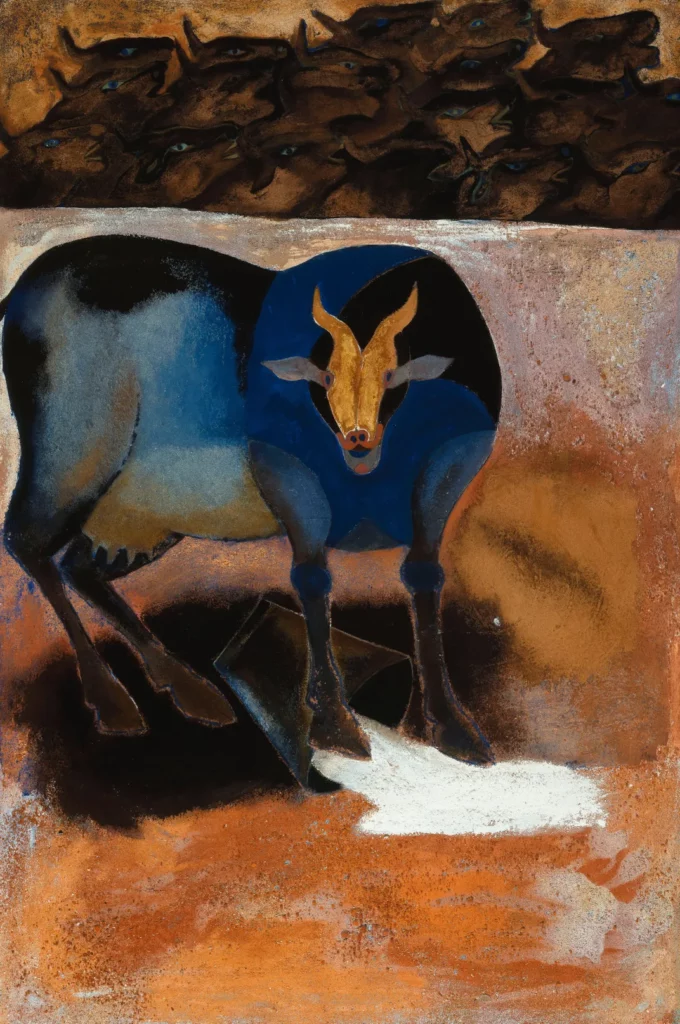
Vaca Mala (Bad Cow), undated, mixed media with sand, featuring a bovine who spilled the milk. By Francisco Toledo
Francisco Toledo, a renowned Mexican Zapotec artist, was celebrated not only for his extensive body of work but also for his deep cultural and social engagement. His art often drew upon his Indigenous Zapotec heritage, infusing his creations with mythological and natural elements, which are evident in his depictions of animals and otherworldly creatures. Toledo’s style has been described as a mix of fantastic realism and surrealism, deeply influenced by his surroundings and cultural heritage (The Museum of Modern Art) (Smithsonian Magazine).
Pushing the boundaries of magical realism
Magical realism is a versatile art movement that transcends the boundaries of fine art. It can be powerfully expressed through mixed media and more expressive styles, allowing artists to explore the magical aspects of reality in innovative and captivating ways. By embracing diverse materials and techniques, artists can continue to push the boundaries of magical realism, creating unique works that invite viewers to see the world through a lens of wonder and possibility.
Magical realism’s ability to blend reality with fantasy makes it an enduring and adaptable art form, capable of resonating with audiences across various media and styles. Whether through the intricate layers of mixed media or the bold strokes of expressive art, magical realism continues to enchant and inspire.